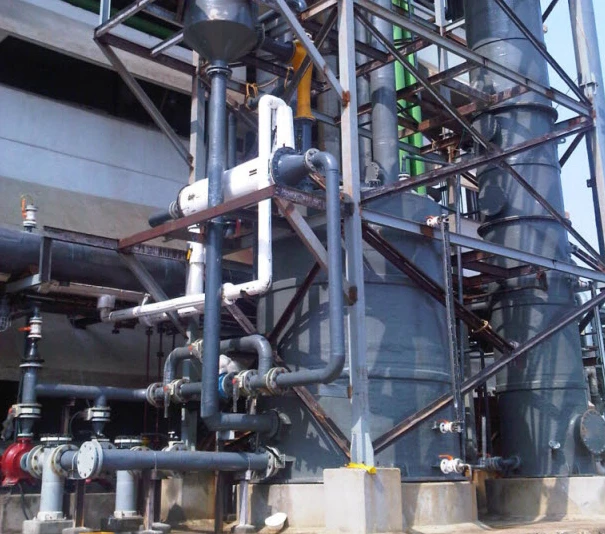Bulgarian
- Afrikaans
- Albanian
- Amharic
- Arabic
- Armenian
- Azerbaijani
- Basque
- Belarusian
- Bengali
- Bosnian
- Bulgarian
- Catalan
- Cebuano
- Corsican
- Croatian
- Czech
- Danish
- Dutch
- English
- Esperanto
- Estonian
- Finnish
- French
- Frisian
- Galician
- Georgian
- German
- Greek
- Gujarati
- Haitian Creole
- hausa
- hawaiian
- Hebrew
- Hindi
- Miao
- Hungarian
- Icelandic
- igbo
- Indonesian
- irish
- Italian
- Japanese
- Javanese
- Kannada
- kazakh
- Khmer
- Rwandese
- Korean
- Kurdish
- Kyrgyz
- Lao
- Latin
- Latvian
- Lithuanian
- Luxembourgish
- Macedonian
- Malgashi
- Malay
- Malayalam
- Maltese
- Maori
- Marathi
- Mongolian
- Myanmar
- Nepali
- Norwegian
- Norwegian
- Occitan
- Pashto
- Persian
- Polish
- Portuguese
- Punjabi
- Romanian
- Russian
- Samoan
- Scottish Gaelic
- Serbian
- Sesotho
- Shona
- Sindhi
- Sinhala
- Slovak
- Slovenian
- Somali
- Spanish
- Sundanese
- Swahili
- Swedish
- Tagalog
- Tajik
- Tamil
- Tatar
- Telugu
- Thai
- Turkish
- Turkmen
- Ukrainian
- Urdu
- Uighur
- Uzbek
- Vietnamese
- Welsh
- Bantu
- Yiddish
- Yoruba
- Zulu
Telephone: +86 13120555503
Email: frank@cypump.com
авг. . 12, 2024 08:36 Back to list
Effective Solutions for Managing Water Flow with Advanced Drainage Pumps for Your Needs
Understanding Drainage Pumps Importance, Types, and Applications
Drainage pumps play a crucial role in managing water flow and preventing flooding in various settings. Whether in residential areas, agricultural fields, or industrial sites, these pumps are designed to move water away from specific locations, ensuring safety and proper functioning of facilities. In this article, we will explore the importance of drainage pumps, the different types available, and their practical applications.
The Importance of Drainage Pumps
Drainage pumps are essential for several reasons. Primarily, they help prevent water accumulation, which can lead to property damage and create hazards such as mold growth and structural instability. In flood-prone areas, drainage pumps can be lifesavers, efficiently removing excess water during heavy rainfall and protecting homes and businesses. Moreover, in agricultural sectors, these pumps are vital for managing irrigation and ensuring that crops receive adequate water without being oversaturated.
The significance of drainage pumps extends to environmental protection as well. By controlling water levels in wetlands and other sensitive ecosystems, these pumps can help maintain ecological balance and prevent soil erosion. In urban areas, effective drainage systems contribute to better sanitation and reduce the risks associated with waterborne diseases.
Types of Drainage Pumps
There are several types of drainage pumps, each designed for specific applications and capacities. The most common types include
1. Submersible Pumps As the name suggests, these pumps operate underwater, making them ideal for draining basements, flooded rooms, and construction sites. They are efficient and can handle large volumes of water, often equipped with float switches that automatically activate when water levels rise.
2. Pedestal Pumps These are similar to submersible pumps but are positioned above the water level. Pedestal pumps are typically used for lighter-duty applications, such as in small sump pits where they can effectively remove water without being submerged.
drainage pumps

3. Sump Pumps These pumps are crucial in residential basements and help prevent flooding by collecting water in a sump basin and ejecting it away from the foundation. Sump pumps can be submersible or pedestal types, depending on the design and needs of the homeowner.
4. Utility Pumps These versatile pumps are suitable for a variety of tasks, including draining pools, hot tubs, or flooded areas. They are portable and often lightweight, making them easy to move and position as needed.
5. Effluent Pumps Specifically designed for wastewater applications, effluent pumps are used to transport non-solid waste (like water from washing machines) from one point to another, often in septic systems.
Applications of Drainage Pumps
The applications of drainage pumps are vast. In residential settings, they are primarily used to prevent basement flooding and manage groundwater levels. In agriculture, drainage pumps help control field irrigation, ensuring crops thrive without excess water. In construction and industrial sites, these pumps are vital for dewatering to create usable work environments and protect equipment.
Moreover, drainage pumps are crucial in municipal applications, where they help manage stormwater runoff and maintain sewage systems. They are also employed in landscaping, where proper drainage is essential for the health of gardens and lawns.
Conclusion
In conclusion, drainage pumps are indispensable tools in a myriad of applications, ensuring water is effectively managed to prevent damage and maintain safety. Understanding the different types of drainage pumps and their applications can help individuals and businesses make informed decisions when selecting the appropriate pump for their specific needs. As climate change continues to make extreme weather events more frequent, the importance of efficient drainage systems will only grow, making drainage pumps more relevant than ever in our daily lives.
-
High-Performance Air Pumps for Sand & Gravel | Efficient Transport
NewsAug.03,2025
-
ISG Series Vertical Pipeline Pump - Chi Yuan Pumps Co., LTD.|Energy Efficiency, Corrosion Resistance
NewsAug.03,2025
-
ISG Series Pipeline Pump - Chi Yuan Pumps | Energy Efficiency&Compact Design
NewsAug.03,2025
-
ISG Series Vertical Pipeline Pump - Chi Yuan Pumps Co., LTD.|High Efficiency, Low Noise, Durable
NewsAug.02,2025
-
ISG Series Vertical Pipeline Pump - Chi Yuan Pumps | High Efficiency, Low Noise
NewsAug.02,2025
-
ISG Series Vertical Pipeline Pump- Chi Yuan Pumps Co., LTD.|High Efficiency&Compact Design
NewsAug.02,2025










